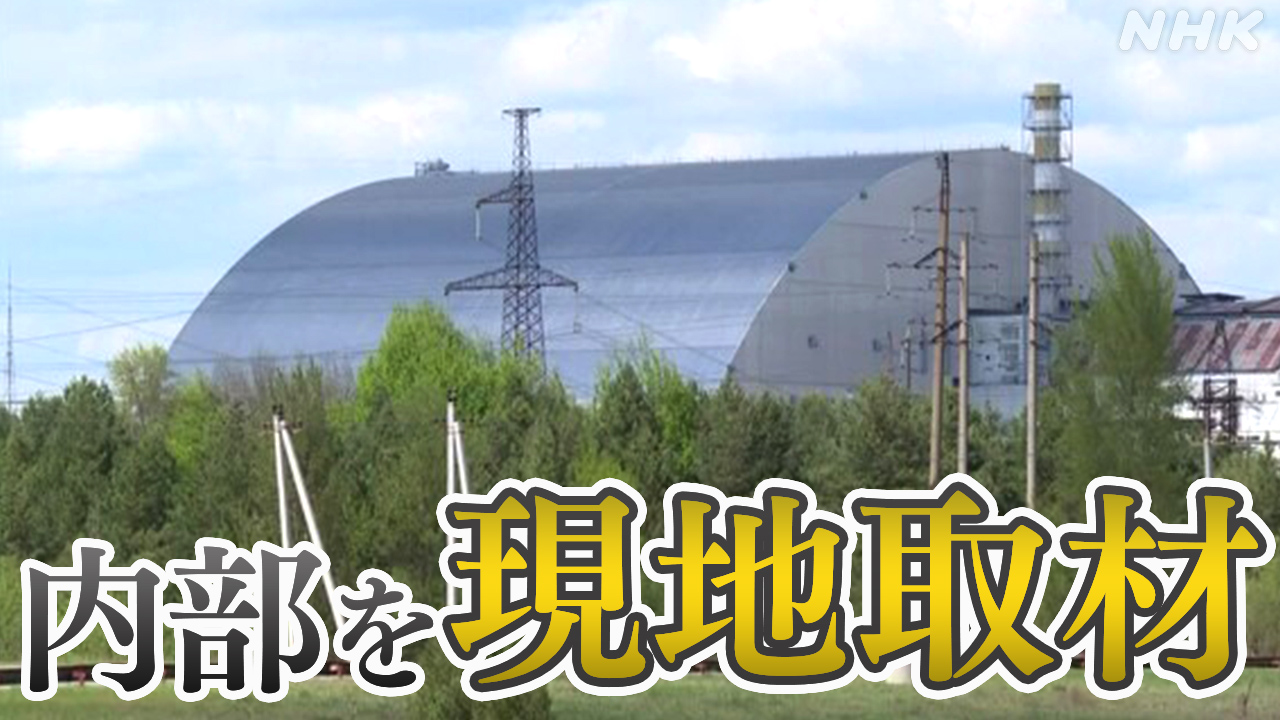Post-Attack: Chernobyl Shelter's Vulnerability Exposes Urgent Need for Nuclear Safety Upgrades
The recent conflict near the Chernobyl Exclusion Zone has tragically highlighted a critical vulnerability: the precarious state of the sarcophagus sheltering the damaged reactor. While the immediate threat of a large-scale nuclear disaster has, thankfully, been averted, the incident serves as a stark reminder of the fragility of nuclear safety infrastructure and the urgent need for global improvements. This article delves into the vulnerabilities exposed, the ongoing risks, and the crucial steps necessary to prevent future catastrophes.
Chernobyl's Sarcophagus: A History of Repairs and Risks
The Chernobyl Nuclear Power Plant disaster in 1986 resulted in the construction of a hastily assembled sarcophagus, designed to contain the radioactive debris. This initial structure, however, was never intended as a long-term solution. Its deterioration, exacerbated by the passage of time and environmental factors, raised concerns long before the recent conflict. The New Safe Confinement (NSC), a massive arch structure built over the old sarcophagus, represented a significant upgrade, offering enhanced containment. However, the recent events have demonstrated that even this state-of-the-art structure is not immune to external threats.
Vulnerabilities Exposed by the Conflict
The conflict near Chernobyl exposed several crucial weaknesses:
- Physical Damage: While the NSC itself remained largely intact, the surrounding infrastructure suffered damage, raising concerns about the potential disruption of monitoring systems and access routes.
- Security Risks: The disruption of security personnel and regular maintenance routines created a window of vulnerability, highlighting the importance of robust security protocols in such high-risk areas.
- Dependence on External Support: The incident emphasized the reliance on international cooperation and technical expertise for the upkeep and maintenance of such critical sites. The swift response from international organizations played a crucial role in mitigating the potential for further disaster.
- Communication Breakdown: Effective communication during a crisis is essential. The challenges faced in coordinating information and responses during the conflict highlighted the need for streamlined and efficient communication channels.
Long-Term Implications and Future Preparedness
The incident near Chernobyl should serve as a wake-up call for the global community. The long-term implications extend far beyond the immediate area, reminding us of the potential for widespread environmental and health consequences from nuclear accidents.
Necessary Steps for Enhanced Nuclear Safety:
- Investment in Infrastructure Upgrades: Significant investment is necessary to enhance the resilience of nuclear facilities against various threats, including physical damage, cyberattacks, and climate change impacts. This includes improving physical security, developing more robust monitoring systems, and investing in advanced containment technologies.
- Strengthening International Cooperation: Global collaboration is crucial for sharing best practices, coordinating emergency responses, and providing mutual support in safeguarding nuclear facilities.
- Improved Emergency Response Plans: Developing and regularly testing comprehensive emergency response plans is vital to minimize the impact of potential accidents. This includes creating robust communication systems, training personnel, and securing access to necessary resources.
- Focusing on Nuclear Waste Management: The long-term management of nuclear waste remains a critical challenge. Investing in advanced waste management solutions and enhancing storage security are essential to mitigating the long-term risks.
Conclusion: A Call for Global Action
The Chernobyl incident, while thankfully contained, underscores the urgent need for a global reassessment of nuclear safety protocols and infrastructure. The vulnerability exposed demands immediate attention and collaborative action to prevent future catastrophes and protect our environment and public health. The international community must work together to bolster existing safeguards and invest in more resilient and secure nuclear technologies. Ignoring this lesson would be a grave mistake with potentially devastating consequences. Let's learn from the past to secure a safer future.
Related Articles:
(Note: Replace example.com links with actual relevant links.)
